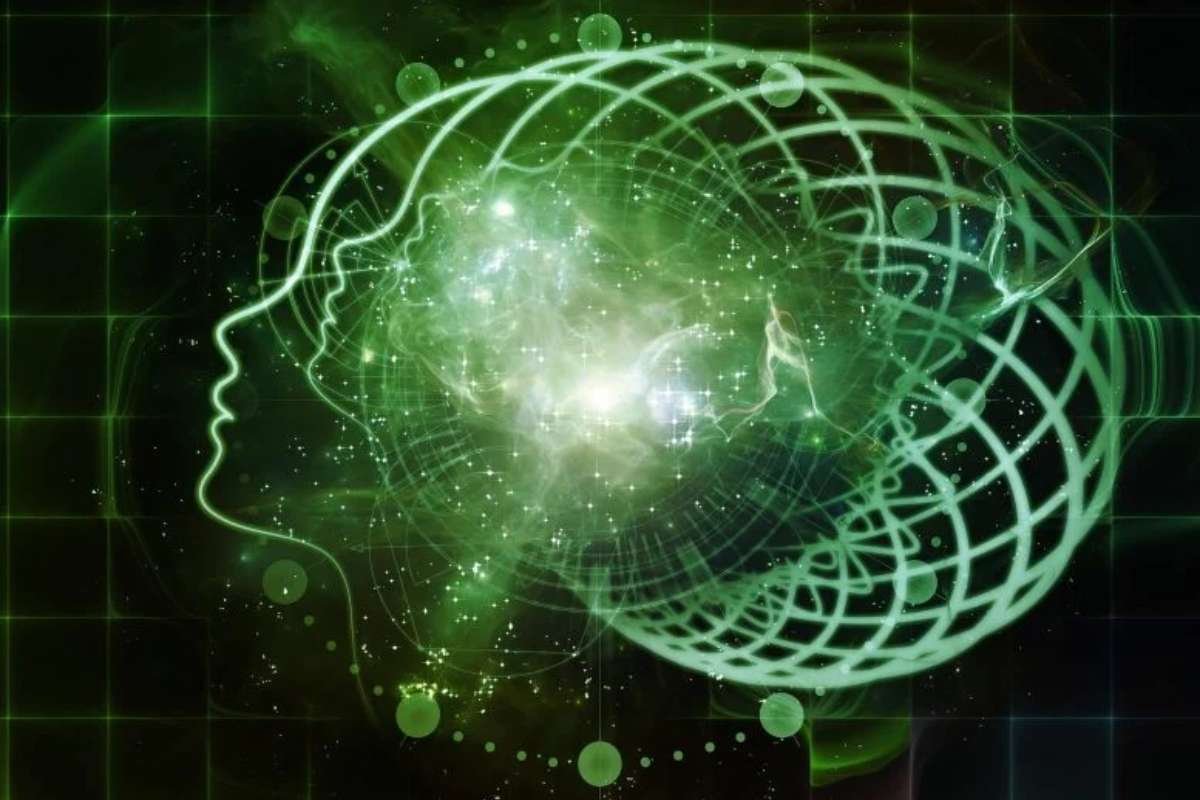In a groundbreaking scientific endeavor spanning seven years, researchers have revealed findings that redefine the Origins of Consciousness. The large-scale study, involving 256 participants, compared two leading scientific theories: Integrated Information Theory (IIT) and Global Neuronal Workspace Theory (GNWT). Both theories attempt to explain how the brain generates conscious experience, yet differ greatly in their approach.
IIT proposes that consciousness arises from deeply interconnected systems of information within the brain, suggesting that awareness is produced when different brain areas operate as a single, unified whole. Conversely, GNWT argues that consciousness emerges when selected information is broadcast across a network of brain areas, particularly emphasizing the role of the brain’s frontal regions in spotlighting and distributing conscious content.
This rare head-to-head comparison was the product of an “adversarial collaboration”—a research model promoting cooperation between proponents of competing theories. The initiative was launched at a 2018 workshop at the Allen Institute and has been celebrated as a triumph of open science. Dr. Christof Koch, a leading figure at the Allen Institute, underscored the project’s importance, stating, “Unraveling this mystery is the passion of my entire life.”
Surprising Results: Rethinking Consciousness and Brain Function
The study’s findings have provided valuable insights into the Origins of Consciousness, especially how perception and cognition interact. Using a combination of brain imaging techniques that monitored blood flow and electrical activity, scientists observed participants as they responded to various visual stimuli. They discovered a notable connection between the brain’s early visual areas and frontal regions, suggesting that perception plays a more central role in consciousness than previously believed.
This challenges the traditional emphasis on the prefrontal cortex, which has long been associated with higher reasoning and executive functions. The research implies that consciousness may be more rooted in sensory processing than in complex thought. As Dr. Koch phrased it, “Intelligence is about doing, while consciousness is about being.”
These findings could have significant implications for medical science, particularly in diagnosing and understanding disorders of consciousness, such as comas or vegetative states. By pinpointing the brain areas most associated with conscious experience, researchers hope to identify cases of “covert consciousness”—a hidden awareness present in patients who appear unresponsive, a phenomenon occurring in roughly 25% of severe injury cases.
No Clear Winner, but Major Progress
The experiment aimed to explore the Origins of Consciousness by testing the validity of IIT and GNWT, but neither theory proved to be the definitive explanation. IIT’s emphasis on information integration within the back of the brain lacked strong supporting evidence, while GNWT’s focus on the frontal brain network also fell short. Dr. Anil Seth, a cognitive neuroscientist at the University of Sussex, noted, “It was clear that no single experiment would decisively refute either theory.”
Despite the inconclusive verdict, researchers agree the study was a significant leap forward. The collaborative approach illuminated the strengths and limitations of both theories and helped map the brain regions where visual experiences can be decoded. The sheer scale and openness of the research have set a new benchmark for how deeply rooted scientific disagreements can be addressed productively.
As Dr. Koch concluded, “Adversarial collaborations are a powerful, though rarely used, method. They demand immense cooperation—but hold immense promise for scientific discovery.”
Visit The Lifesciences Magazine For The Most Recent Information.







